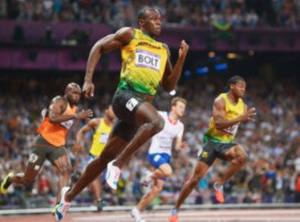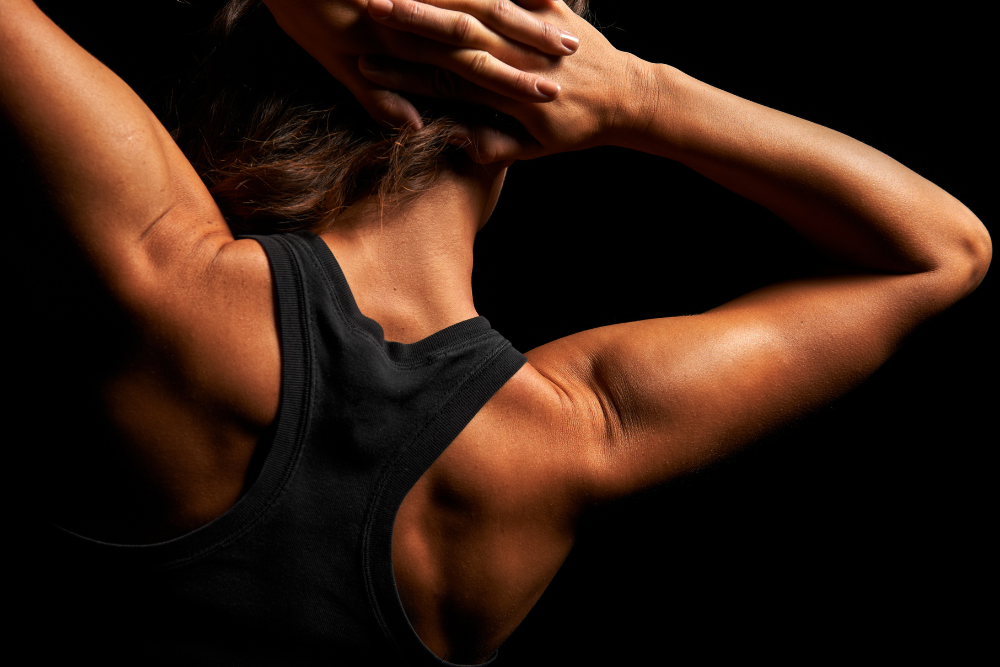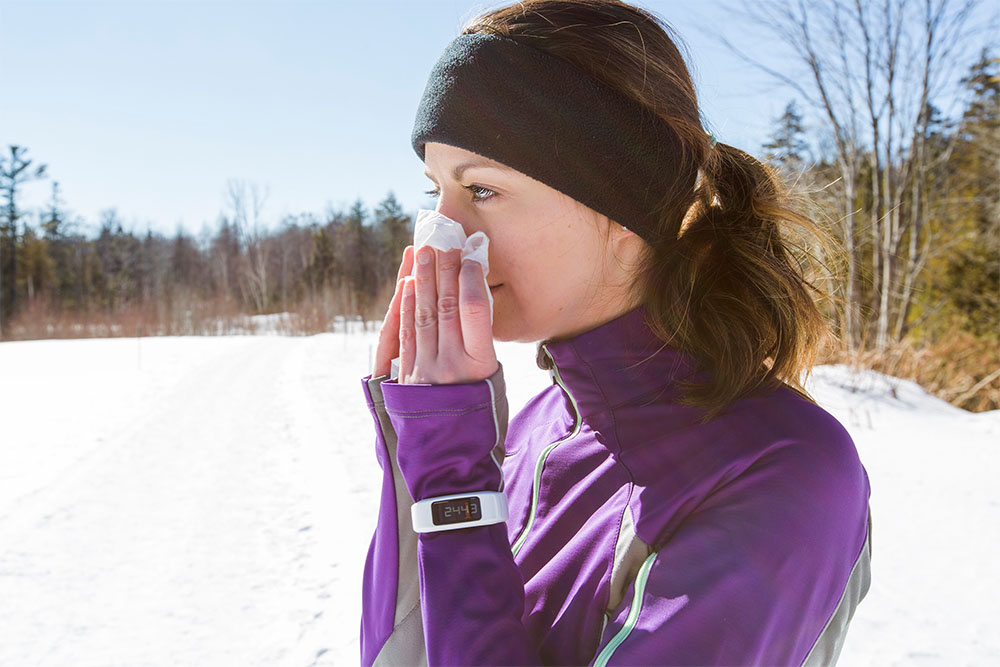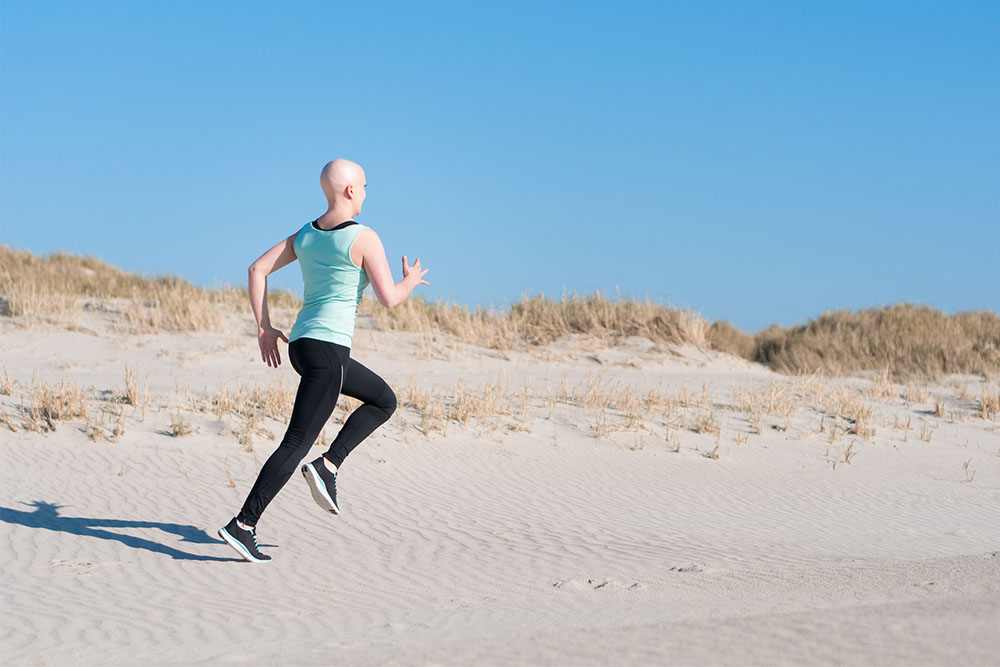The Science of Speed

Evan Stevens
Faster than a speeding bullet – how fast can we go?
In 1900 the men’s 100m world record was 10.8, in 2000 it was 9.79; today the record sits at 9.58 and has been since 2009. The magical 10 second barrier, the standard of sprinting prowess, has really only been consistently broken since the 1990’s. Until Roger Bannister first broke the four minute mile, it was thought to be an impossible task, that no human could ever achieve such a sporting feat. Yet two months after he broke it two runners broke the four minute barrier yet again. Since then, many athletes have broken the mark. Now it has become something of a rite of passage for aspiring middle distance athletes, the impossible now just another stepping stone. This leaves us wondering what exactly our bodies are capable of – how fast can we go? And for how long?
Humans are relatively unchanged for thousands of years, yet in just the past handful of decades we have made significant improvements in all manner of running distances, from the glorified 100m dash to the grueling testament of willpower that is the marathon.  Improvements in running surfaces and shoe technology, a better understanding of physiology which informs training techniques and nutrition, and an inclusive global setting exposing athletes from around the globe to one another (being the optimists we are, we will discount chemistry advances and performance enhancing drugs from the discussion) have all contributed to lowering records and shattering our perception of “impossible.” However, we still do not know how long we can keep this up. What does future progression look like? What is the pinnacle that human bodies can achieve without serious intervention, or evolution? Will we see someone run sub 9.5 seconds in the 100m before the end of the century? Will we ever see someone run faster than a two hour marathon? Questions like these are difficult to answer, yet it hasn’t stopped people from trying. Attempting to predict athletic performance has a history as long and as storied as the running events themselves. Forecasting results is nothing new but has relied on relatively short data sets. A 2015 study published in the European Journal of Sport Science took the data from 150 years of running performance and subjected the data to various tests and models to enable the researchers to predict running performances until 2100.
Improvements in running surfaces and shoe technology, a better understanding of physiology which informs training techniques and nutrition, and an inclusive global setting exposing athletes from around the globe to one another (being the optimists we are, we will discount chemistry advances and performance enhancing drugs from the discussion) have all contributed to lowering records and shattering our perception of “impossible.” However, we still do not know how long we can keep this up. What does future progression look like? What is the pinnacle that human bodies can achieve without serious intervention, or evolution? Will we see someone run sub 9.5 seconds in the 100m before the end of the century? Will we ever see someone run faster than a two hour marathon? Questions like these are difficult to answer, yet it hasn’t stopped people from trying. Attempting to predict athletic performance has a history as long and as storied as the running events themselves. Forecasting results is nothing new but has relied on relatively short data sets. A 2015 study published in the European Journal of Sport Science took the data from 150 years of running performance and subjected the data to various tests and models to enable the researchers to predict running performances until 2100.
Related Article: BJ McHugh, age 85 ran the Honolulu Marathon
While previous researchers have attempted to forecast performances this is the first time that researchers took running experience into account. The accumulation of running experience directly relates to improvements in running and actually finds its basing in econometrics to describe production output. The more experienced you are at something, the better you usually are at it; this includes athletes, coaches, and the manufacturers of equipment, nutrition, and supplements. The same experience models used to reduce manufacturing costs are applied here to improve running performance. The researchers collected data of all seasonal best performances in Olympic standard distances races from the 100m to the marathon and converted all the measurements into units of speed (m/s). Experience, as the researchers acknowledged, is difficult to quantify. They couldn’t put the total number of races run by all athletes throughout history in each event – not only is the data unavailable in a number of cases but it would be near impossible to do so from a logistical standpoint. Therefore, they chose only to focus on the cumulative number of participants in events that took place during each modern Olympics from 1896 to 2012 allowing for more precise record keeping and to account for variability in interest over time.
The researchers found the women have improved by 0.5% and men 0.2% per year in terms of speed, but marginal yearly improvements were on the decline. In fact, women’s sprint and middle distance performances have not improved at all in the past two decades. The researchers also found that results are exponential over time and we are slowly reaching the plateau – improvements are going to be smaller and smaller if at all with the exceptions being the men’s 10,000m and the men and women’s marathon which are still charting more linearly. The researchers also noted that women’s results reached the asymptote of performance plateau much more quickly than men’s however, this may in part be due to the fact that women were prohibited from distance events until the latter half of the twentieth century and when they were allowed to compete, benefitted from the experience gained from the years the men had been running distance events.
But where does this all lead? Things are slowing down; we are reaching a plateau and performances aren’t improving like they used to. The researchers used this information to forecast the rest of the twenty-first century but they did it in an interesting way. Based solely on time trends, it appeared that women were unlikely to break any world records before the next century and men would break only one or two. However, when experience was taken into account women were poised to break most records in most of the middle distance events and men could potentially break all of the records (the marathon is apparently up for debate however). But records may fall by hundredths of a second, what about when we might expect to see humans break certain milestones? The researchers forecasted for these as well. They say that the middle and longer distance events will break time standards long before sprint standards are broken. The men’s 800m is expected to break 1:40 by 2035 but the men’s 100m might not get under 9.5 until 2100; we shouldn’t expect the men to run faster than a two hour marathon however – the forecast suggests that it won’t happen this century.

So this research suggests that we are slowing down. Amazing feats of athletic prowess in running will be fewer and farther between; or so we expect. The human pinnacle of speed and endurance is on the horizon, or is it? Other studies suggest that we haven’t yet tapped into our fullest potential. One study conducted at Southern Methodist University determined that humans may have a top speed of 40 miles per hour (compare that to Usain Bolt’s current world record 100m speed of 28 miles per hour). It was once thought that our top speeds are limited by the amount of force we can apply on our limbs and muscles. Sprinters can apply anywhere from 800 to 1000 pounds of force with each stride, which can be easy to blame for the limits of our body – we can only take so much force. But in treadmill tests it has been demonstrated that our limbs can withstand much higher forces; hopping on one foot on top speed increased force by 30% or more for example. The new work suggests that forces aren’t a hindrance, as we are capable of withstanding forces that are generated up to 40mph, but that we are hindered by our muscles themselves – they simply do not work fast enough, regardless of what we do, to enable us to run that fast.
Related Article: Become A Runner At Any Age
Research says that there is still room for us to improve, a little at least. We are reaching a plateau with the current training methodologies, shoe and surface technology and maximized health and diet plans we have at our disposal. We may not ever see someone break a 2 hour marathon or run sub 40 for the 400m dash. To do so may take a little more than what our current biology allows us. Advances in chemistry and cybernetics may hold the key, but they aren’t what make us “us.” Have we reached our potential? Maybe not just yet, but it doesn’t seem very far off. Until then, keep pushing and keep striving – who knows, you might just prove predictions wrong and end up with title of the fastest person alive.
Read More Articles by Evan Stevens















